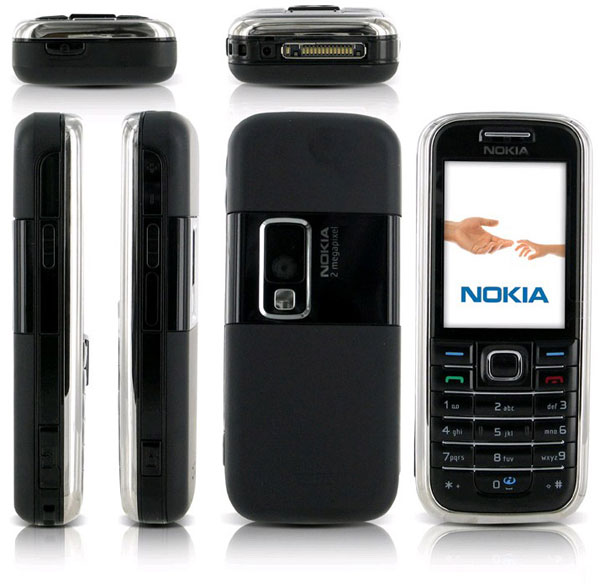
This will mean regularly having to remove and backup images captured on the camera to make room for more, swap in and out different music depending on your mood and possibly even having to uninstall some apps to make room for others. This latter point could be the deal breaker for many as in fact only about 4GB of this is user accessible. You can remove the backplate to access the 1290mAh battery and (normal size) SIM slot but there’s no microSD slot for expanding upon the 8GB of built in storage. There isn’t, however, a microHDMI socket for hooking the phone straight up to a TV. Up top is a headphone jack while on the left edge is a microUSB socket for charging and hooking up to a computer to transfer files. Likewise the volume rocker is easy to reach, and the shutter button is great for controlling trickier shots – hold it down and it’ll jump straight to the camera even when the phone is locked too. The power button isn’t quite so easy to reach in left-handed use but for right-handers it falls perfectly under your thumb making for easy one-handed use. Below the screen are three nicely responsive touch-sensitive buttons for navigating the main interface while the right edge is home to the three other main controls, the power, volume and camera shutter buttons. Gimmick? Yeah, pretty much.Īdding to the overall ease of use are a great selection of buttons and other features. You can also get a black version of the phone that comes with an alternative pink end cap. There was a spare yellow one in the box of our review sample which we tried and then promptly ditched – we weren’t all that impressed with the combination. That removable end cap simply pulls off and alternates slide on. One point to note is that the matt finish of this white version does pick up dirt quite easily, which is something to be aware of if you’re a regular newspaper reader. As with the rest of the current Xperia line, those stylishly squared corners do dig into the hand a little but not enough to really worry. It weighs just 110g and with dimensions of 112 x 54 x 12mm it’s an easy fit in the hand. What’s more that smaller size makes this a superbly easy handset to handle. Otherwise, there are just a few subtleties that further take the edge off, such as the thick black trim round the screen’s edge and the rather obvious gaping hole for the front facing camera, but neither of these are close to being deal breakers. What doesn’t help is the thick bezel that makes the display look even smaller than it is. Although the screen is technically the same 3.5in diagonal as that of the iPhone, it’s considerably narrower and all told the phone looks and feels small. No, where the budget leaning is most obvious is the size of the thing. Its combination of a matt white unibody chassis and glass screen is as classy as most premium handsets, while the clear plastic strip that runs below the screen is a nice touch, just as it is on the rest of the Xperia lineup.

Unsurprisingly, where the Xperia U feels most budget is in its design and build, but not in the way you’d expect. We will look to correct this as soon as possible. You can in fact remove the backĪnd access the battery but there is no microSD slot to expand the Please note, there is a mistake in this video in reference to the


With a funky strip of flashing lights and interchangeable end caps, it has a bit more personality than most too. Costing around £150, it’s comfortably within budget phone territory but, like the Xperia P, it belies its low cost, making for a handset that’s well worth a look.
#SONY XPERIA U SYNCHRONIZACJA ANDROID#
The Sony Xperia U is the third tier in Sony’s current lineup of Android phones.


 0 kommentar(er)
0 kommentar(er)
